This time we saw coming towards us in February 2012, astronomers were able to detect it before its passage. Asteroid 2012 DA14 discovered in February 2012, has a small size of 45 meters and a mass of 135 000 tons. It will come near the Earth, February 15, 2013 at 7:24 p.m. (UTC). Since the beginning of the program to detect near-Earth asteroids, this asteroid is the largest object brushing as close to Earth. The distance this time yet large enough to pose no risk of collision, astronomers reported. It will pass closer to Earth at 27,700 km, which represents a very small distance across the solar system, the Moon is 360,000 km.
Many small rocky bodies called asteroids are present in the solar system, an important part of them circulate in a ring between the orbits of Mars and Jupiter between 2 and 4 AU, in what astronomers call the asteroid belt, otherwise known main belt. It marks the boundary between the terrestrial planets and the gas giants. An asteroid is a celestial object is not observable to the naked eye because of its small size which varies from a few tens of meters to several hundred kilometers in diameter and is part of our solar system. Objects less than 50 m in diameter, as the asteroid 2012 DA14 are called meteorites.
"On average, an asteroid this size will approach as close to the Earth every forty years and is likely to collide with our planet every 1200 years," said Donald Yeomans, manager of the Office of Near Earth Object (NEO) of the Jet Propulsion Laboratory of NASA.
An asteroid 45 meters in diameter that enters the atmosphere with a very low incidence angle (a few degrees), fails to pass through the atmosphere and causes no damage. It simply bounce on the atmospheric layer of the Earth and walk away in space. This happened August 10, 1972 in the Montana sky in the northern United States. But if it fall vertically its size is sufficient to make damage at the level of a department. An object 50 meters in diameter makes a huge crater like the famous Meteor Crater in Arizona. By comparison, a meteorite crater 1 km provoke a diameter of 20 km and kill 2-3 billion people in the tsunami triggered across a terrestrial hemisphere. The probability that this happens is once every 150,000 years.
NB: (symbol: AU) The average distance Earth to the Sun. One AU is 149 597 871 km. It is a unit often used for distances in the solar system, or the distance between two stars in a binary system. | | The meteorite responsible for the extinction of dinosaurs 66 million years ago, measured 10 kilometers in diameter, it fell into the Gulf of Mexico (see the trace on the image opposite). An asteroid is classified as near-Earth object if its size is greater than 152 meters and it distance is inferior to 7.5 million kilometers from Earth. NASA has already identified 9500 potentially hazardous small bodies or one tenth of the total.
| Asteroids |
Approximate
dimensions |
Discovery
date |
| |
|
|
| Ceres 1 |
974.6 km |
1801 |
| Pallas 2 |
582×556×500 km |
1802 |
| Vesta 4 |
572.6x557.2x446 km |
1807 |
| Hygiea 10 |
530x407x370 km |
1849 |
| Sylvia 87 |
384x262x232 km |
1866 |
| Hektor 624 |
370x195x195 km |
1907 |
| Europa 52 |
360x315x240 km |
1858 |
| Eunomia 15 |
357x355x212 km |
1851 |
| Davida 511 |
357x294x231 km |
1903 |
| Interamnia 704 |
350.3x303.6 km |
1910 |
| Camilla 107 |
344x246x205 km |
1868 |
| Juno 3 |
320x267x200 km |
1804 |
| Cybele 65 |
302x290x232 km |
1861 |
| Hermione 121 |
268x186x183 km |
1872 |
| Euphrosyne 31 |
255.9 km |
1854 |
| Chariklo 10199 |
248x258 km |
1997 |
| Iris 7 |
240x200x200 km |
1847 |
| Psyche 16 |
240x185x145 km |
1852 |
| Daphne 41 |
239x183x153 km |
1856 |
| Kalliope 22 |
235x144x124 km |
1852 |
| Amphitrite 29 |
233x212x193 km |
1854 |
Image: Known asteroids larger (above).NB: Lincoln Near-Earth Asteroid Research (LINEAR) is a joint research project of the U.S. Air Force, NASA and MIT Lincoln Laboratory. LINEAR robotic telescopes have detected 15 September 2011, 231082 asteroids, 2432 comets and 279 objects cruisers.
| |  Image: The Chicxulub impact crater in Mexico is aged ≈ 65 million years, it has an average diameter of 200 km, the estimated diameter of the meteorite responsible for the cataclysm is 10 km. Source: MIAC website Gravimetry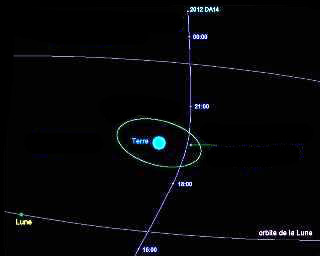 |
 Automatic translation
Automatic translation




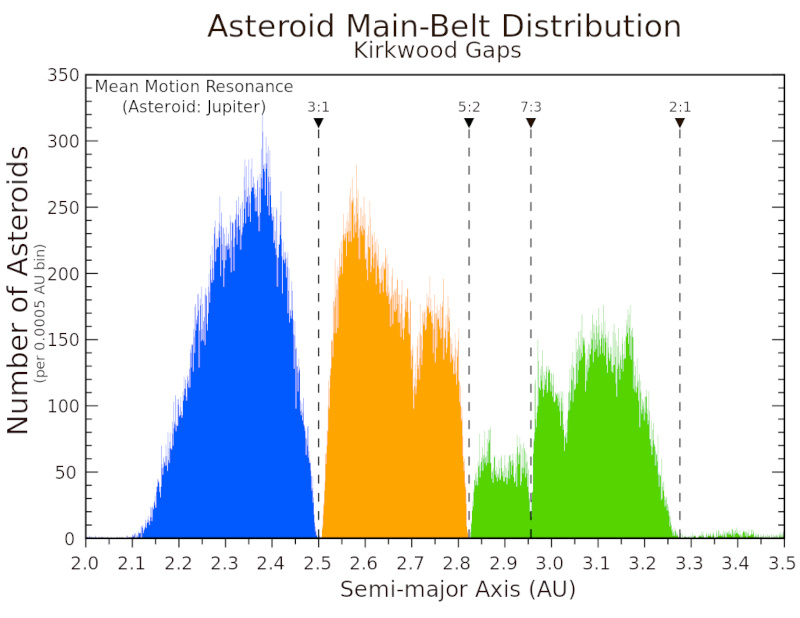 The Kirkwood Gaps in the Main Asteroid Belt
The Kirkwood Gaps in the Main Asteroid Belt
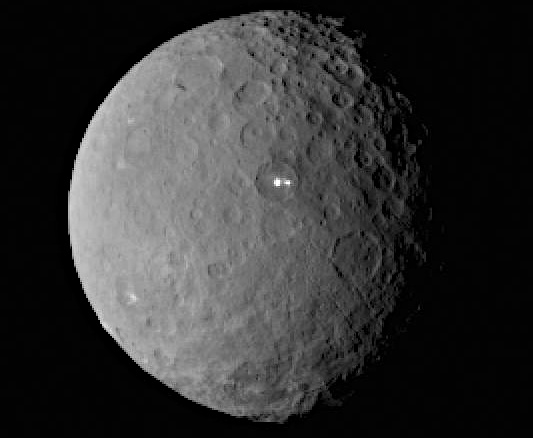 What is the asteroid belt?
What is the asteroid belt?
 The Great Comet of 1577 Shattered the Crystal Spheres
The Great Comet of 1577 Shattered the Crystal Spheres
 Asteroids, the threat to life...
Asteroids, the threat to life...
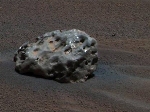 Meteorites, extraterrestrial objects
Meteorites, extraterrestrial objects
 Hartley 2 passes by us, every 6 years
Hartley 2 passes by us, every 6 years
 Collision between 2 asteroids
Collision between 2 asteroids
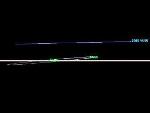 Asteroid shot, ever closer to Earth
Asteroid shot, ever closer to Earth
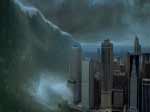 Apophis, the next disaster
Apophis, the next disaster
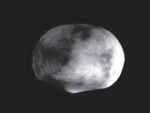 The asteroid Vesta
The asteroid Vesta
 What is an asteroid?
What is an asteroid?
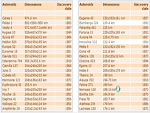 List of asteroids ordered by size
List of asteroids ordered by size
 Impact craters on Earth
Impact craters on Earth
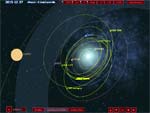 Simulator, the round of near-Earth cruisers
Simulator, the round of near-Earth cruisers
 Rosetta has a date with a comet
Rosetta has a date with a comet
 Near-Earth asteroids
Near-Earth asteroids
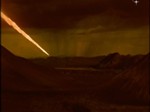 Asteroid 2009 DD45 sends us a sign
Asteroid 2009 DD45 sends us a sign
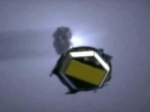 Where does the water on planet Earth come from?
Where does the water on planet Earth come from?
 Asteroid or comet?
Asteroid or comet?
 2010 TK7, Earth's Trojan asteroid
2010 TK7, Earth's Trojan asteroid
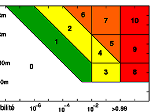 Torino scale asteroid impact risk classification
Torino scale asteroid impact risk classification
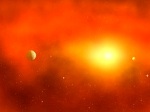 Nice model, the late bombardment
Nice model, the late bombardment
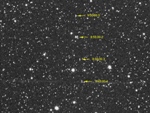 Once again we haven't seen it
Once again we haven't seen it
 2013 the year of the comets
2013 the year of the comets
 Asteroid 2012 DA14 passed on February 15, 2013
Asteroid 2012 DA14 passed on February 15, 2013
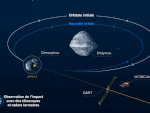 Planetary defense with Didymos and Dimorphos
Planetary defense with Didymos and Dimorphos
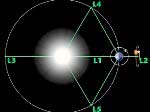 Lagrange points, L1 L2 L3 L4 L5
Lagrange points, L1 L2 L3 L4 L5
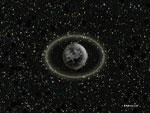 Chariklo and his two amazing rings
Chariklo and his two amazing rings
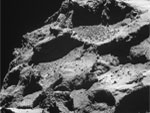 Rosetta and Philae
Rosetta and Philae
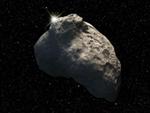 Kuiper Belt Objects
Kuiper Belt Objects
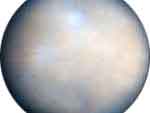 Ceres, the largest asteroid
Ceres, the largest asteroid
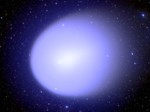 The periodic passage of comets
The periodic passage of comets
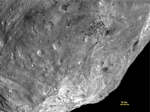 The south pole ripped from the asteroid Vesta
The south pole ripped from the asteroid Vesta
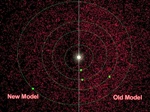 Asteroid sky map brightens up
Asteroid sky map brightens up
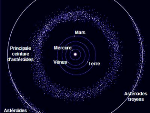 Areas with asteroids and comets
Areas with asteroids and comets
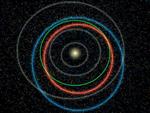 Orbits of dangerous asteroids
Orbits of dangerous asteroids
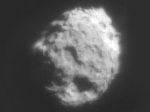 Wandering comets
Wandering comets
 Juno disfigured by a collision
Juno disfigured by a collision
 The asteroid Ganymede, near-Earth cruiser and Mars cruiser
The asteroid Ganymede, near-Earth cruiser and Mars cruiser
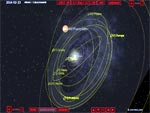 Simulator, the round of asteroids
Simulator, the round of asteroids
 Hell of the Hadean
Hell of the Hadean
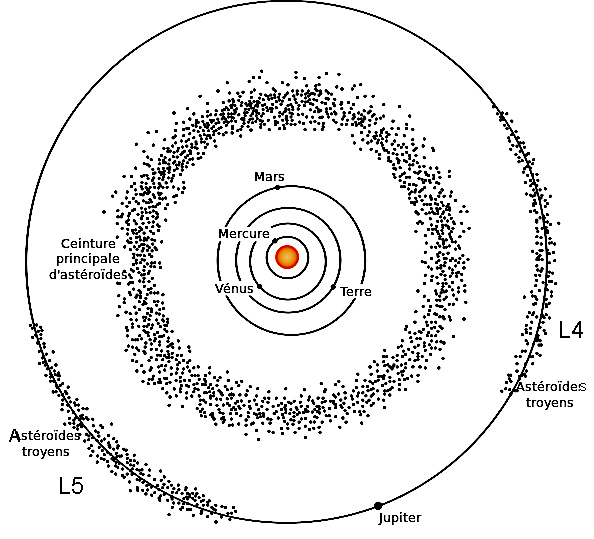 Are there natural satellites of natural satellites?
Are there natural satellites of natural satellites?